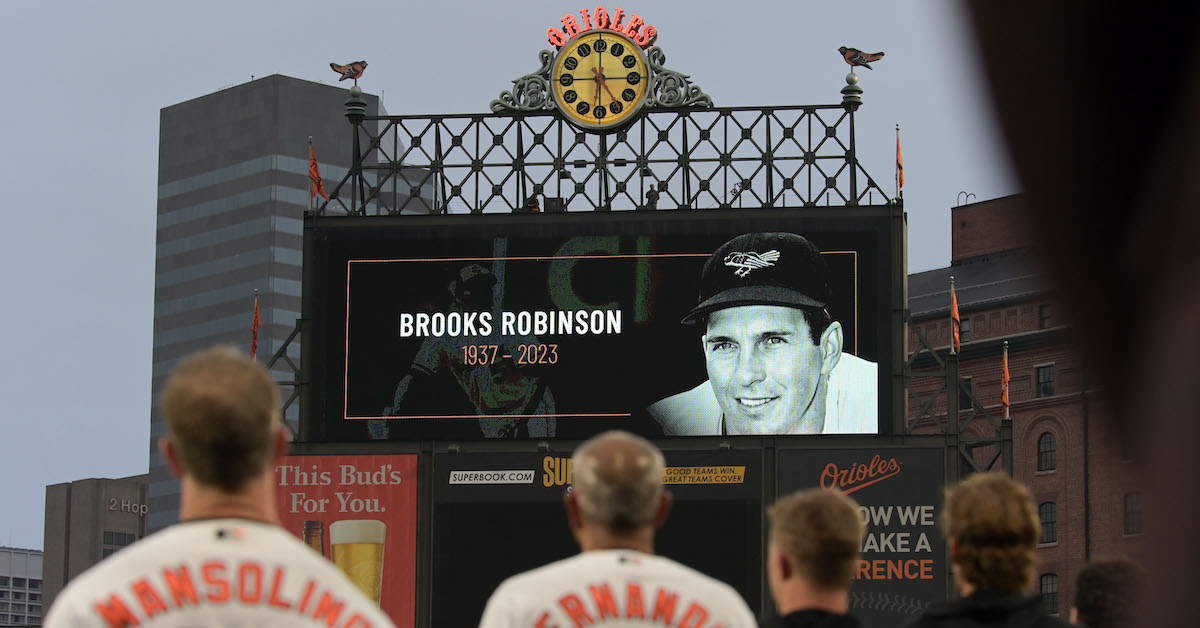After a Rough Season, José Abreu Came Up Huge in the Division Series

José Abreu did not have a good season. Signed to a three-year deal by the Astros last November, the 36-year-old first baseman turned in the worst campaign of his 10-year major league career, and even after digging out of a deep early-season slump, he ended up as the least valuable regular at his position. Even so, Abreu has been able to turn the page since the start of the playoffs, and his three home runs against the Twins were a major reason the Astros won the Division Series.
Abreu went just 1-for-7 in the first two games against Minnesota, though his lone hit, a fifth-inning single off Kenta Maeda in Game 1, drove in Houston’s fourth run in what ended up as a 6–4 victory. His three-run first-inning homer to left field off Sonny Gray — a monster shot estimated at 442 feet — broke Game 3 open, turning a 1–0 lead into a 4–0 lead before Astros starter Cristian Javier even threw a pitch; it was probably the turning point of the series. For good measure, Abreu capped the scoring in the 9–1 rout with a two-run homer into the upper deck in left center off Bailey Ober in the ninth inning, this one estimated at 440 feet. On Wednesday night, he struck again, clubbing a 424-foot opposite-field two-run homer off Caleb Thielbar in the fourth inning of a 1–1 game. The Astros didn’t score again but hung on for a series-clinching 3–2 victory. Read the rest of this entry »







